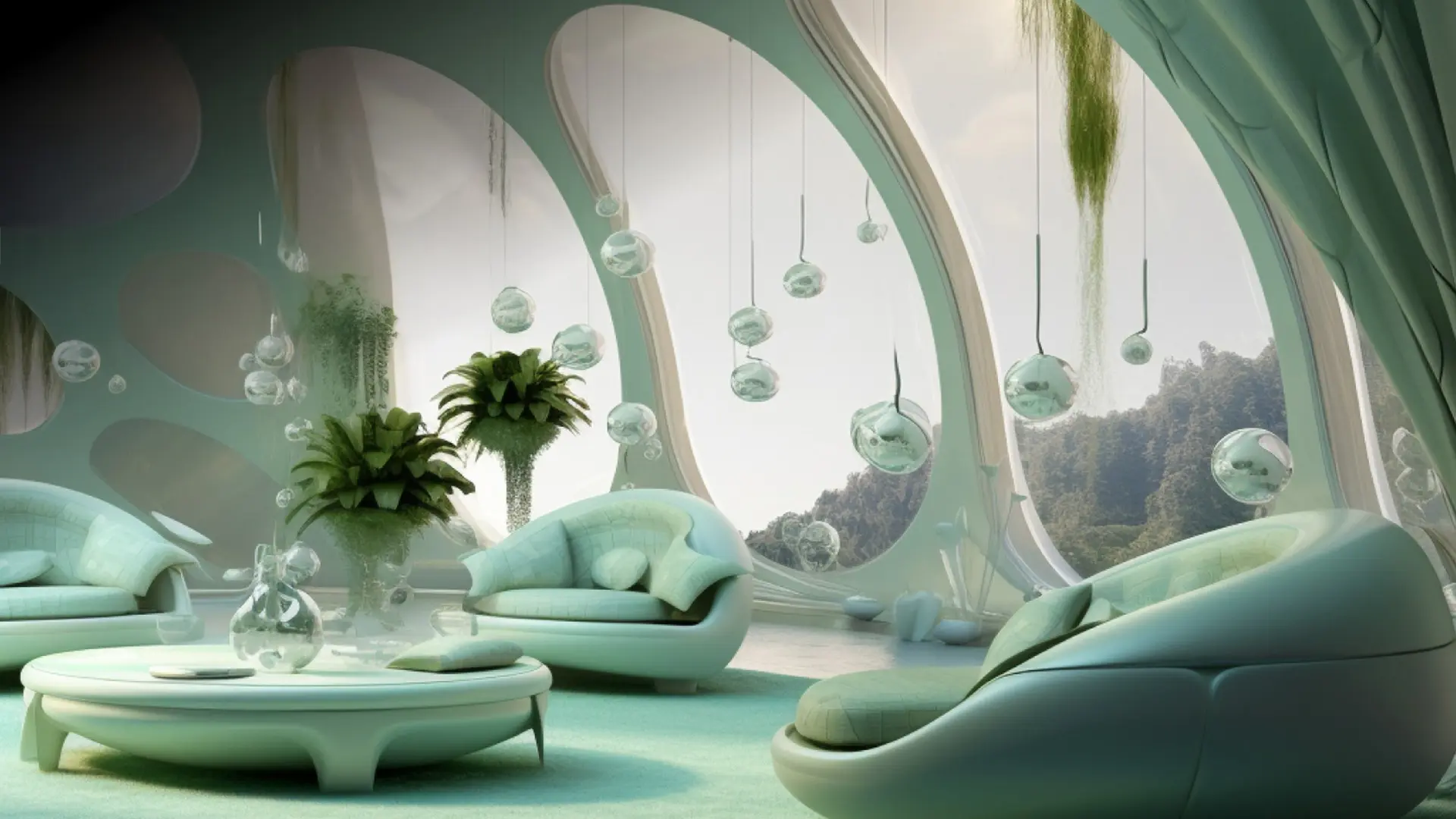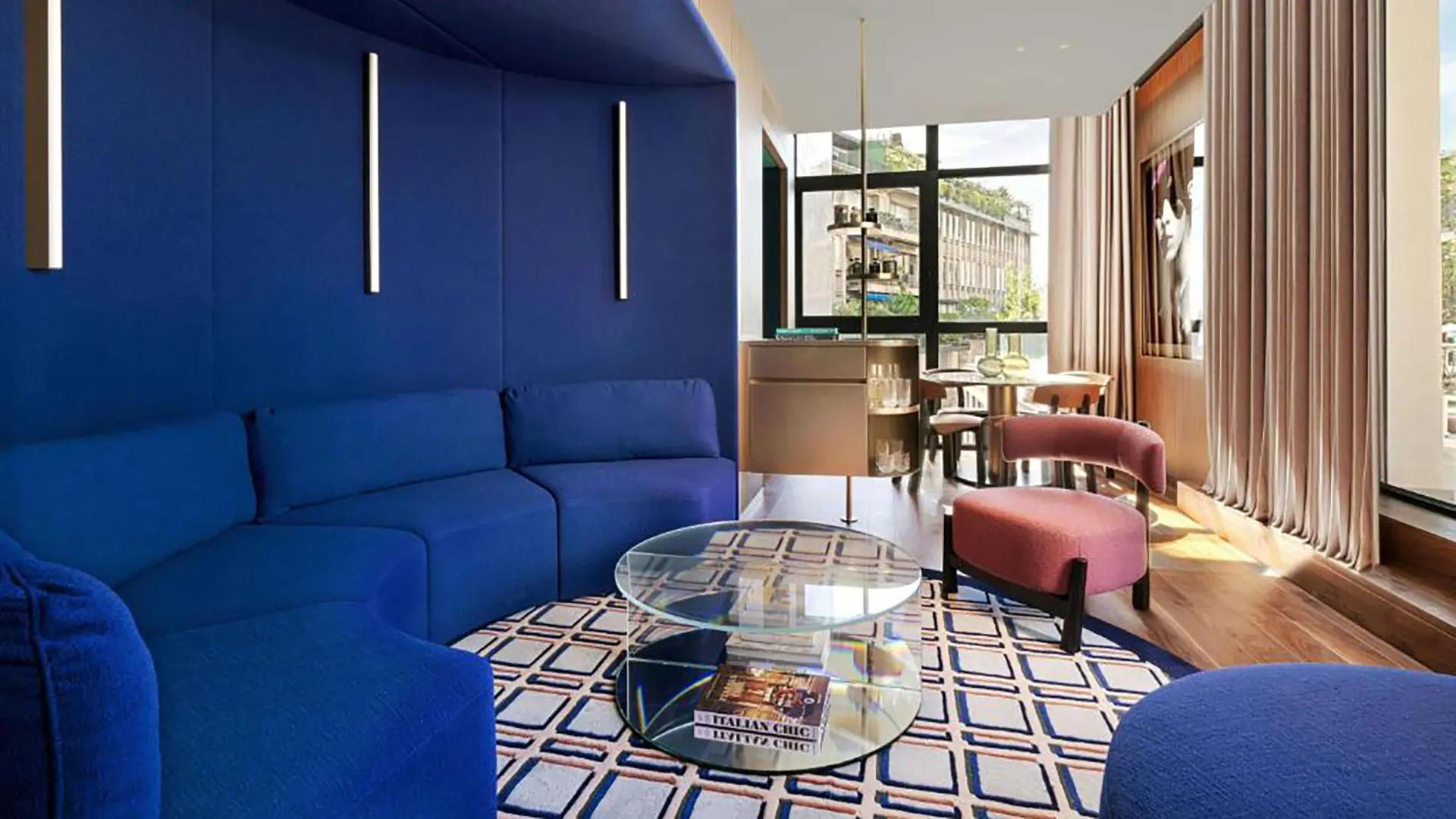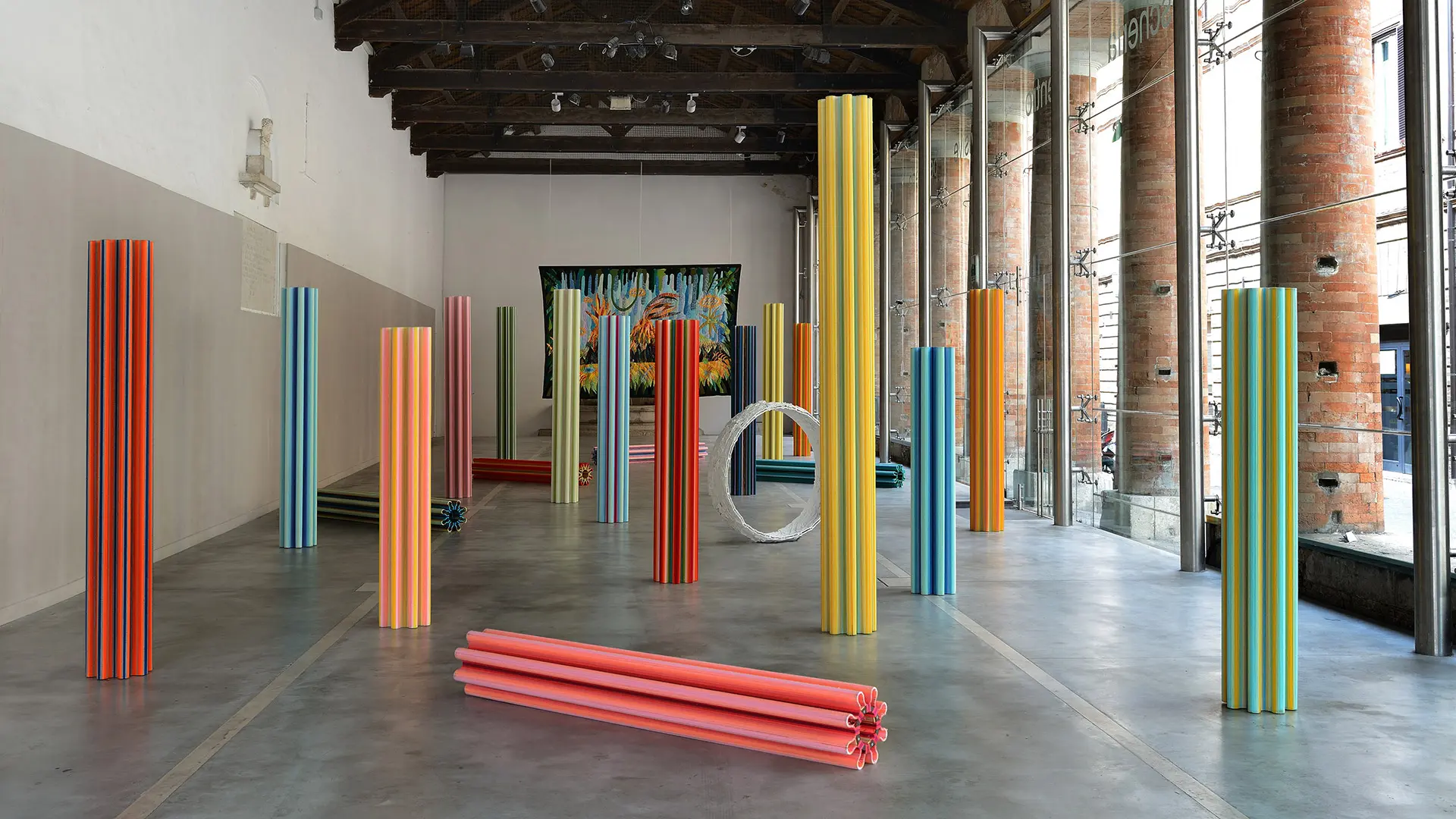From the Tokyo Design Awards, to the NY Product Design Awards & Architectural Design Awards, Best in Design, the NEB Trophy Design Competition, the Good Design Awards® and the Africa International Design Awards (AIDA), all the international news not to be missed in 2026

Andres Reisinger, Crowded Elevator Chair, Nilufar 2021
In the impalpable virtual world, interior designers imagine dreamlike spaces where sofas and armchairs are a welcoming cocoon for life in a parallel reality
Sometimes innovations arrive quietly, calmly conquering space; sometimes they may seem completely unnecessary or at least secondary, until something in our common way of interpreting reality and everyday life flips. Then one day a new development that until recently had seemed wholly superfluous becomes almost central. That’s more or less what happened with 3D design. Sure, it was “a thing” long before the pandemic, but it is partly because of these two years that turned people’s way of understanding things, spaces and places upside-down that it has taken off beyond the niche of industry insiders.
First there was the Hortensia Chair, a render of a chair Argentine designer Andrés Reisinger posted on his Instagram profile which, after a huge amount of reposts and likes, became a reality. Covered in over twenty thousand fabric petals, it headed off to tour some of the world’s most influential galleries. This may be considered the “episode” that put 3D in the spotlight at design level, making a blend of virtual and real tangible. The process has since gained massive traction with the increasing popularity of NFTs and the birth of a new real (?) place to travel, move around and create a parallel life: Facebook’s Metaverse, which Mark Zuckerberg unveiled last October. Precisely at a time when we were unable to move around, locked down in our homes and perhaps a little bored by our living rooms – always there, always the same – designers the world over began designing dream-like fantasy places that exist only in the virtual world and prompt us to imagine being elsewhere, at least in our minds or wearing VR glasses. Dream sofas, so different from the home sofa… Why not imagine yourself at home on the beach, as did London-based designer Charlotte Taylor, or in a spatial, Mediterranean reality like the ones designed by South African Alexis Christodoulou that became tangible with his Milos Armchair?
Interiors led the way, especially sofas and couches that increase in size because, like the Meta logo, virtual space is potentially infinite. Consequently, virtual designer Anthony Authié of Zyva Studio created Villa Ortizet and put it up for auction as an NFT. Leading-edge, high-tech, futuristic, dream-like atmospheres may either be explored and experienced in full colour, or recall nature with greenery, rocky backgrounds and infinity pools. Another virtual designer, Krista Kim, adopted a vivid technicolor stylistic approach for the first NFT digital house to sell for over $500 thousand, choosing a high-tech remix of 1970s-style, semi-spherical, translucent, geometric sofas.
Designer Vova Naumov, whose Yeti Sofa has become a reality, is another name for discovering the art of relaxation in virtual armchairs and sofas. And lest we not forget, Reisinger’s Hortensia Chair is another item that moved from the virtual to the tangible, in a colour that, along with the colours of wild nature, often prevails: pastel shades, in this specific case pink, as if to remind us that vaporware’s preferred Pantone hues are Tranquillity and Serenity, impalpable powder and the indigo of the sky at dawn and sunset. These hues characterize the design and stylistic approach of architect Alba di Fuente, who teamed up with Andrés Reisinger to design the Winter House, a home for the Metaverse in soft powder pink. The colour is reprised throughout the interiors, most notably in the huge sofa opposite the hearth, enriched with soft cushions and surrounded by voluptuous curtains that make the space even cozier, even more perfect a cocoon in which to comfortably and with impeccable elegance face up to the most challenging moments of the year, at least in this virtual world. Including – heaven forbid – any new lockdown.
Check out the previews


 Stories
Stories








